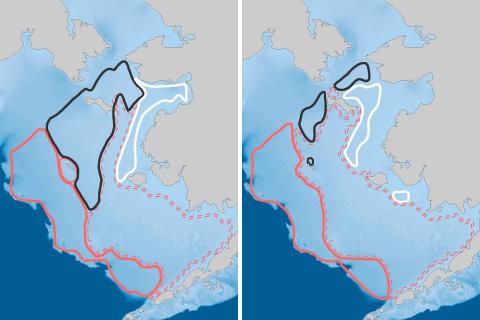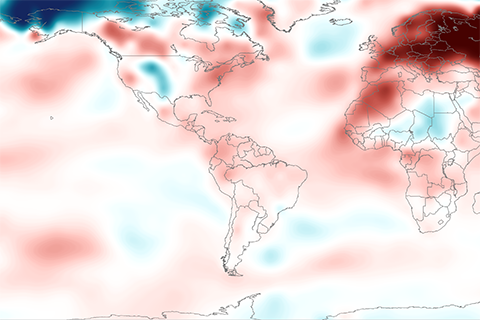
Cool conditions in Alaska and northern Canada related to a strong polar vortex were not enough to outweigh the extreme warmth across Europe and Asia in February 2020. Both the Northern Hemisphere and the globe as a whole had their second-warmest February on record.
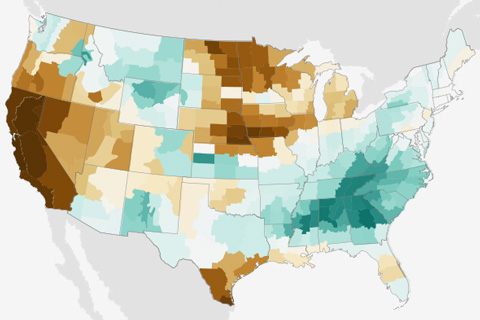
Much of the Southeast experienced extremely wet conditions last month, while almost all of California and parts of Oregon and Nevada were either much drier than average or record dry.
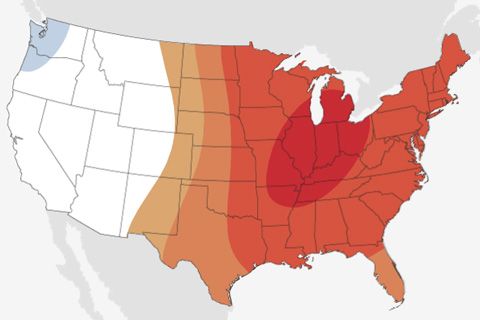
It's the start of meteorological spring, and warmer-than-average temperatures are favored for the central/eastern United States, while the precipitation outlook is more variable.
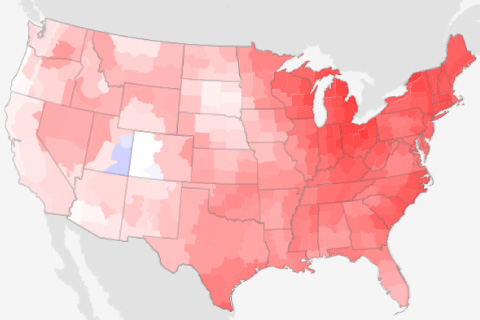
Although exact temperatures varied by latitude and elevation, January 2020 temperatures were above average for nearly every U.S. climate division of the Lower 48 states.
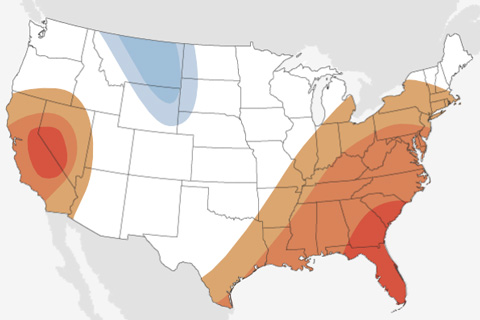
Across a wide swath of the United States from the Gulf Coast to the Mid-Atlantic, February is more likely to be above average than below average in terms of both temperature and precipitation.

Transcript available! On Wednesday, February 5, climate expert Dr. Gijs de Boer answered questions in a Climate.gov tweet chat about the ATOMIC cloud-science mission in Barbados. Read the transcript.
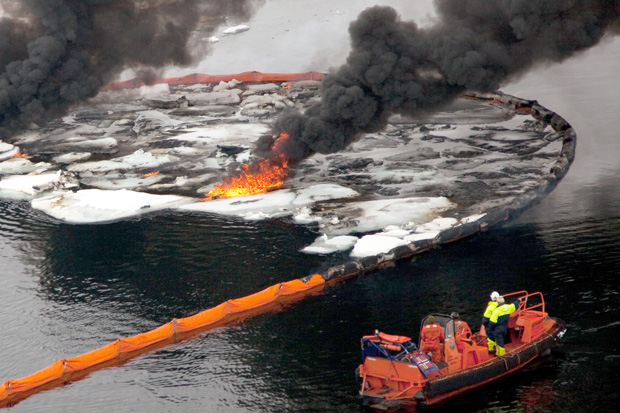
A new crop of studies funded by NOAA's Climate Program Office explores a range of questions about sea ice forecasting, including one of the most basic: how far ahead is it even possible to predict it?
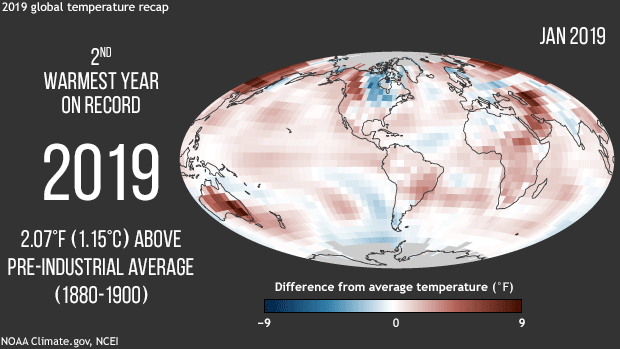
NOAA, NASA scientists confirm Earth’s long-term warming trend continues. The average surface temperature was more than 2 degrees (F) above pre-industrial conditions.

This Q&A features tree expert Leander Anderegg and what he is learning about how some of the West's iconic trees—including Colorado's quaking aspen and California's blue oak—survive or succumb to drought.
